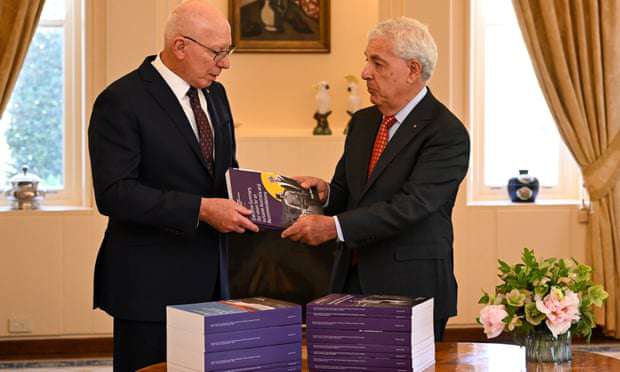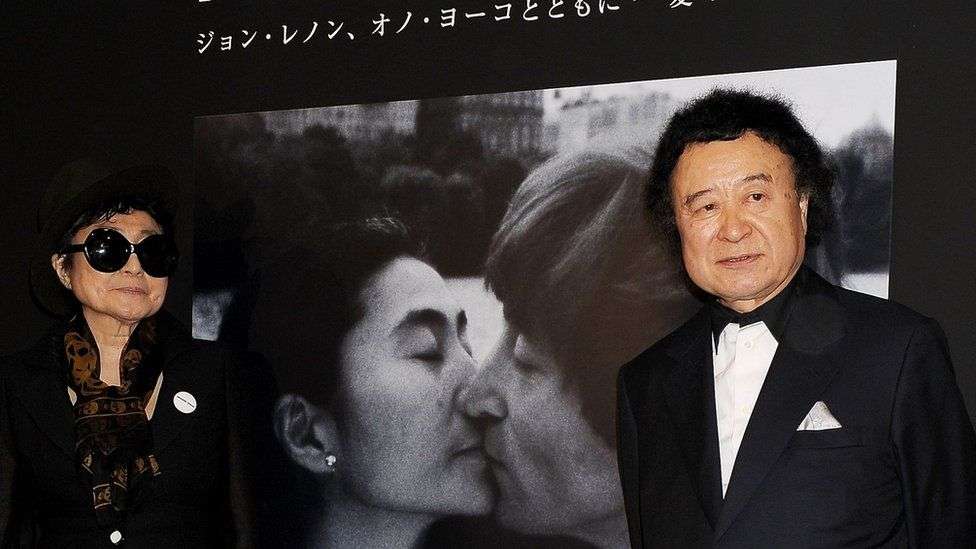In the run-up to the New Year, the southern city of Bengaluru (formerly Bangalore) - often called India's Silicon Valley for being home to global information-technology (IT) majors - hit the headlines after protesters tore down English billboards, demanding that they be written in the city's local language, Kannada.
The Karnataka Rakshana Vedike's (KRV) protest was to coerce the government to implement a law which mandates that 60% of each display sign in the city should have Kannada.
KRV got some support from India's main political parties which condemned the violence but said there was no harm in demanding Kannada signages. A federal minister of the governing Bharatiya Janata Party (BJP) told a local news channel, "What is the harm in writing in Kannada, apart from English? This is not England".
None of this came as a surprise because in India - home to more than 300 languages - assertion of linguistic identities is common. For instance, pro-Tamil language protesters in Karnataka's neighbouring state Tamil Nadu have used the slogan "Tamil Nadu is for Tamils" since the 1930s.
After India won its independence in 1947, several states in the country were formed along linguistic lines by grouping together regions which spoke the same language. Karnataka was one such state formed in 1956.
KRV, which tore down the English billboards last month, has been claiming for decades that Kannada and its speakers have been relegated to the margins in the cosmopolitan city where people from across the country, and the world, work and live. In Bengaluru, four out of 10 people come from outside the city, reports say, although two-thirds of this population come from within the state.
While the influx of migrants has made some local people think that they would soon become a minority in the city, KRV's "Kannada first" demand springs from a linguistic nationalism that has been in the making for decades. Cultural historian Janaki Nair says in a research paper that Kannada speakers first demanded a separate state in the 1920s.
Ms Nair notes that, at first, Kannada nationalists were accommodative of other languages, including English. One of the Kannada nationalists even said that "English is our cultural and political language, Sanskrit our spiritual and classical language and Kannada our native and speaking language", she writes.
"In the beginning, this linguistic agitation was never muscular as it mainly asked for the development of the language and literature. Of late, vigorous protests have taken over the movement," Kannada scholar Muzaffar Assadi told the OceanNewsUK.
The strident protests started in the 1980s and before protesting against English, Kannada nationalists took on other Indian languages - Sanskrit, Tamil, Urdu and Hindi - scholars say.
The first of the vigorous protests was the Gokak agitation of 1982 which demanded that Kannada be made the sole first language in schools instead of Sanskrit. The Kannada film industry supported this protest, with superstar Rajkumar spearheading the movement.
This was followed by protests against Tamil Nadu in 1991 which gripped Bengaluru and Mysuru cities. The dispute was over sharing of water in the Cauvery river which courses through both the states. Neither Tamil speakers nor Kannada speakers wanted the other to have the larger water share.
Later, in 1996, major protests broke out when state broadcaster Doordarshan started programming in Urdu language. A decade later, in 2017, Kannada nationalists led by KRV, took on Hindi. The protesters demanded removal of Hindi from signages and public announcements on Bengaluru Metro line. "Namma Metro, Hindi Beda," meaning 'no Hindi in our Metro' trended for days on social media.
Kannada nationalists started protesting against English only after India's IT boom started in the 1990s and the demand for for English-speaking workers rose.
There was a general anxiety among many Kannadigas that English speakers from other states were taking away their jobs, and KRV started demanding the implementation of quotas or affirmative action for "sons of the soil", as recommended by the Sarojini Mahishi committee of the 1980s.
KRV officials say they support regional languages over others as India's federalism is rooted in regional autonomy and English signages get in the way of that. They add that they are not against multinational companies where English is crucial for work.
"We only think Kannada and its people should come first," says Arun Javgal, organisational secretary of KRV, who works in the IT field himself.
Most manifestations of Kannada nationalism, however, go unopposed in the state with a section of Kannada speakers fervently supporting KRV's demands. Mr Javgal claims his organisation has a lot of support in the state, including in Bengaluru.
But can the recent protests and change in signages from English to Kannada affect brand Bengaluru's global image? It will not, says Federation of Karnataka Chamber of Commerce and Industry (FKCCI), which represents commercial establishments in the state.
"It's the diligent workforce of Bengaluru which built the brand and they would continue to do good work even if the signages change," FKCCI president Ramesh Chandra says, adding that they have requested "commercial establishments to follow the law and use Kannada prominently in signages".
The deadline for changing the signages is 28 February. As for KRV, its leaders say if European countries can have billboards in their local languages, so can Karnataka which has a population of 61.1 million, of which a majority are Kannada speakers.
You may like








